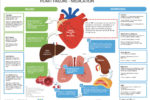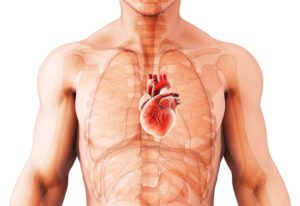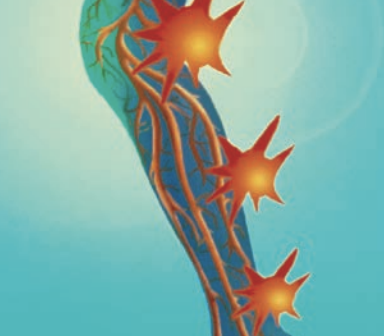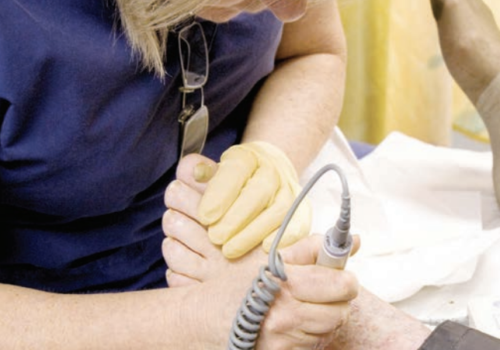Our study investigated the primary risk factors present in patients admitted for acute coronary syndromes. There were significant numbers of current smokers, and patients with hypertension, hyperlipidaemia and diabetes. Aggressive secondary prevention measures are recommended, and education on hospital discharge is essential.



























